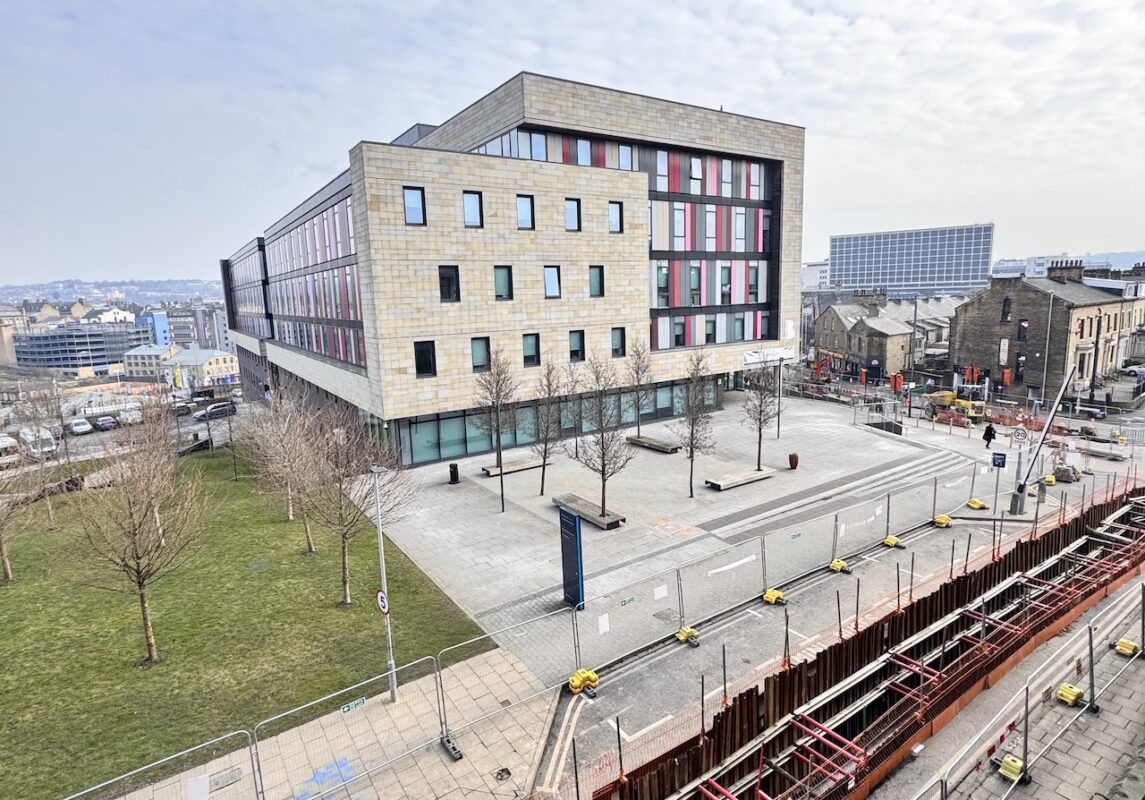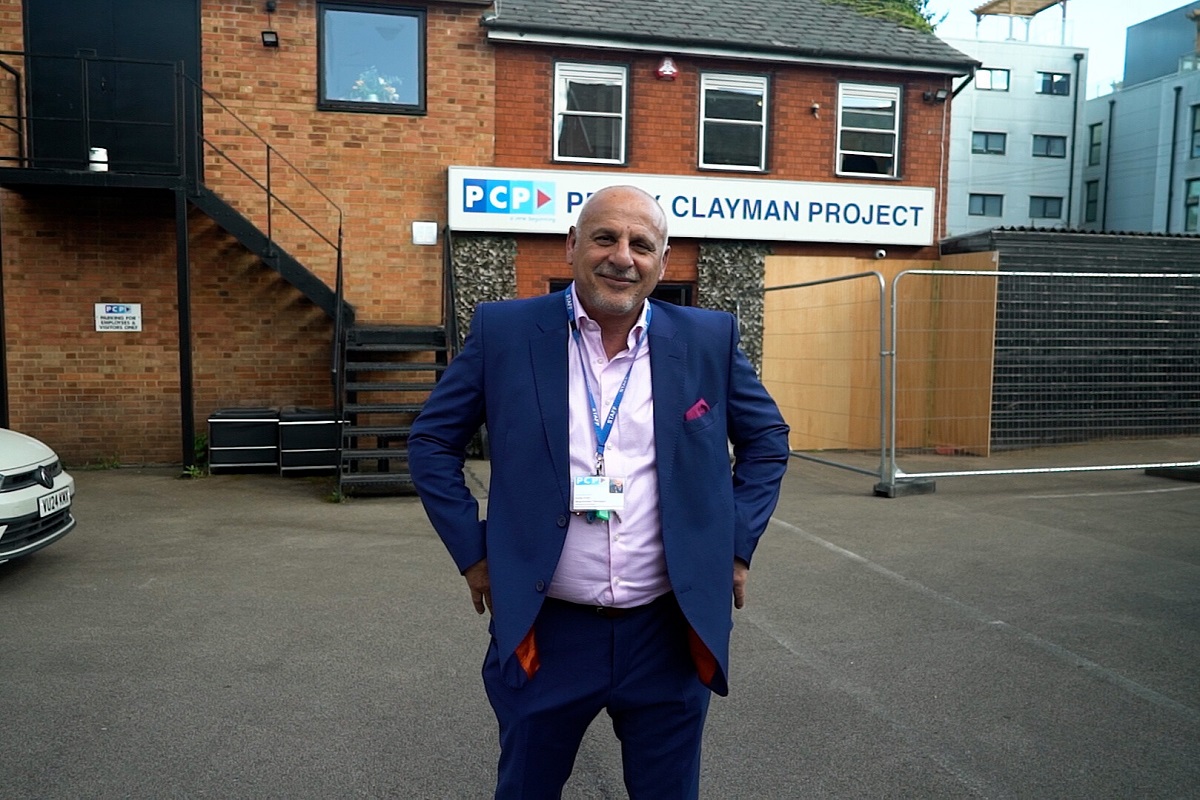Understanding Accessibility Beyond The Physical Classroom

Generally, when we think of accessibility, we associate it with considerations related to physical disabilities. However, when it comes to education, there are other areas to consider if we want to have a real impact on equality and equity. For instance, the smallest of actions, like adding alternative text to images or the notion that a teacher could enhance accessibility and engagement by redesigning a course, could have a positive impact not only on students’ level of engagement but also on their learning outcomes.
A recent global survey conducted by Hanover Research for Instructure, maker of the VLE Canvas, revealed that only 29% of respondents in the UK nominated “changing how courses are designed” as an action taken to increase accessibility. A further 33% nominated ‘offer hybrid learning options’ as an action to improve accessibility. This compares to 57% who selected“ensure classrooms and buildings are physically accessible” as an action taken to improve accessibility.
Whatever their learning ability, need, social background, or expectation, all students deserve an equal opportunity to access and enjoy learning; therefore, it is critical that educational institutions have a holistic approach to accessibility.
Using a VLE to increase accessibility
Whilst there is no one-size-fits-all approach to learning, educational technology can help teachers and learners in any education environment (face-to-face, online, or hybrid) to find the methods and tools that work best for them. Accessibility in education is about ensuring that everyone has the same opportunity to learn, and one way this can be achieved is through offering flexible access to courses and materials that support every student’s needs.
Teachers use VLEs, such as Canvas, to develop tailored learning programmes and tools for their students. VLEs provide access to functionality, such as recorded lectures, interactive videos, amplified audio, closed captions, and translation scripts. However, only 39% of respondents in the UK said that their institution uses their VLE to increase accessibility by offering adaptive learning paths for students.
Address mobility and flexibility
For students to take more ownership of their journey, they need to be offered variable options to choose resources and activities that are engaging and attainable to their needs, lifestyle, and available time. However, only 37% of respondents think their institution offers hybrid learning options to increase accessibility.
Mobile technology has become one of the primary modes of connecting with students and improving their learning experience. We need to pay attention to the devices they use and optimise course design, as well as ensure they have access to tools and apps that are mobile-native, not just adapted from the web.
When asked about using a VLE to increase accessibility, 54% of respondents checked mobile compatibility as one of the ways their institution is doing so. However, only 23% of students most often use mobile devices to access their VLE, suggesting there is more opportunity to improve accessibility and mobility for students in the UK.
Consistency in the student experience
For many students, the academic experience differs from one course to the other, from the in-person classroom to online and hybrid models, and these inconsistencies may negatively impact accessibility and the overall student experience.
If a student consistently encounters obstacles on their path to academic success, the likelihood of them dropping out of their studies increases.
Adopting a VLE in the cloud allows institutions to offer online access to educational materials and maintain consistency, not only in the student learning experience among the different learning environments but also to empower students to independently progress or revisit previous learning. This ensures an uninterrupted flow of education, even in the face of disruptions such as inclement weather, social unrest, or strikes.
From the colours used in a presentation to the ability to take a test on the go, we need to think more widely about accessibility if we want to truly achieve a more equal and equitable learning environment for all.
By Daniel Hill, Managing Director – EMEA at Instructure











Responses